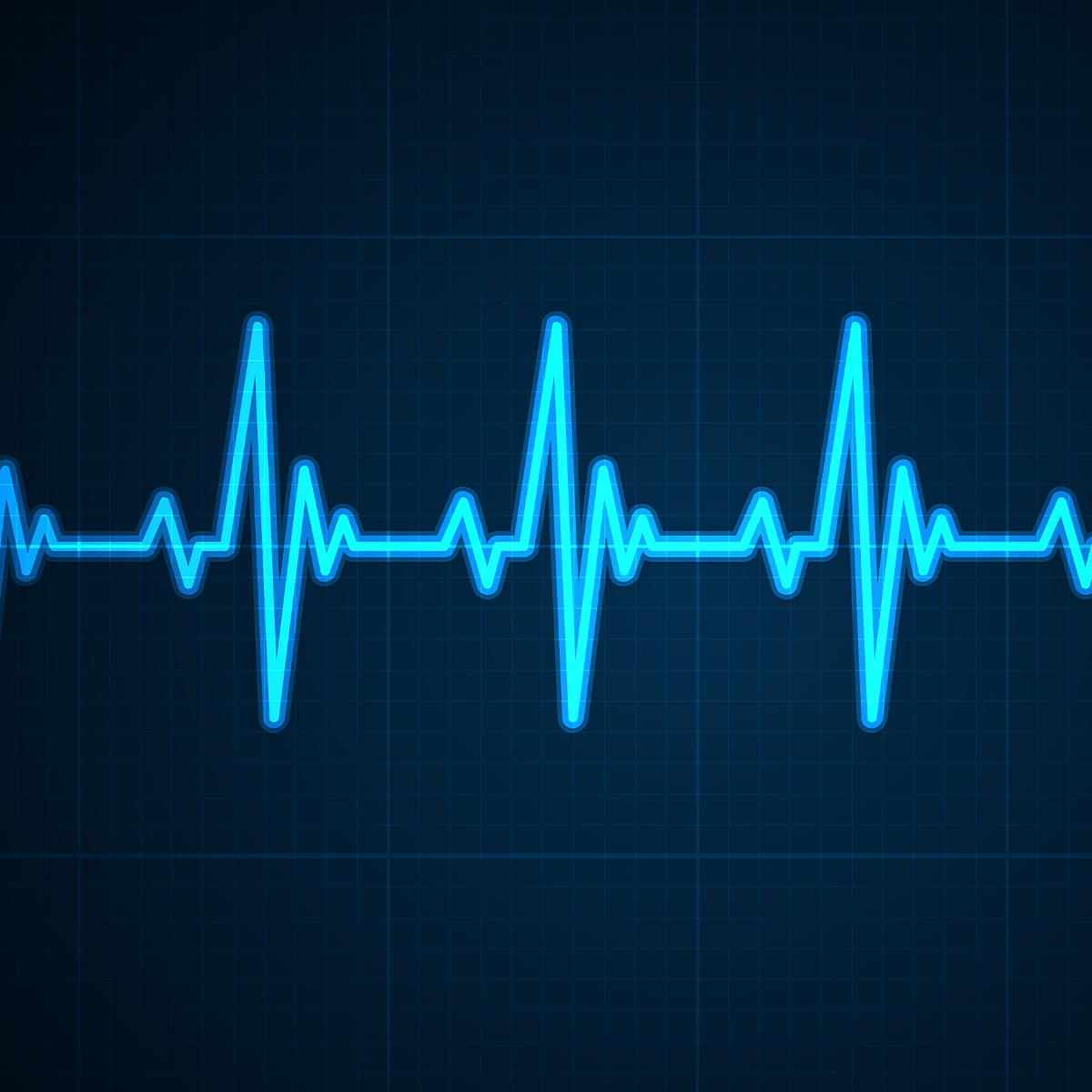-
Property & Casualty
Property & Casualty Overview

Property & Casualty
We offer a full range of reinsurance products and the expertise of our talented reinsurance team.
Trending Topics
Publication
Recycling of Large Lithium-Ion Batteries From a Property Insurance Perspective
Publication
Looks Like Inflation Is Sticking Around. What Do We Do Now? [Part 3 of 3]
Publication
The Future of Cryptography and the Rise of Quantum Computing
Publication
Personal Injury Compensation in Europe: An Updated Comparison Among Different Systems Within the European Market
Publication
How to Plan for Cat Claims - Before, During, and After an Event -
Life & Health
Life & Health Overview

Life & Health
We offer a full range of reinsurance products and the expertise of our talented reinsurance team.
Training & Education
Publication
The Future Impacts on Mortality [Video]
Publication
Beware of Demo Mode on Electrocardiogram Reports
Publication
Understanding Breast Cancer in Asia – Awareness and the Importance of Screening
Publication
Marginal Gains in the Medicare Supplement Market U.S. Industry Events
U.S. Industry Events Moving The Dial On Mental Health
Moving The Dial On Mental Health -
Knowledge Center
Knowledge Center Overview

Knowledge Center
Our global experts share their insights on insurance industry topics.
Trending Topics -
About Us
About Us OverviewCorporate Information

Meet Gen Re
Gen Re delivers reinsurance solutions to the Life & Health and Property & Casualty insurance industries.
- Careers Careers
Morbidity and Mortality Trends During Times of Economic Downturn

February 03, 2021
David Hatherell
,
Tanya van Niekerk
English
Español
The effects of the COVID‑19 pandemic have been discussed widely and in depth, with lockdown measures and restrictions on travel and trading having a severe impact on the global economy. It is therefore essential the insurance industry investigates these changes in the economy in terms of their impact on morbidity and mortality. In this blog, we highlight some of the key findings on this topic.
Generally, changes in an economy have two effects on health and mortality:
- Procyclical - the rates of morbidity and mortality decrease with a declining economy
- Countercyclical - the rates of morbidity and mortality increase in a declining economy
Both effects are often observed during an economic downturn and the balance of them influences the overall experience for morbidity and mortality.
Procyclical Effects
A study using data from the Great Depression in the U.S. found that mortality decreased during this period, and life expectancy increased for all ages (except older ages), gender and race groups. Specifically, infant mortality and tuberculosis mortality declined, except in areas with extraordinarily high unemployment where malnutrition generally increased. This shows that procyclical effects dominated during this study period.1
There are a few arguments to explain this counter-intuitive effect, namely:
- Economic expansions have been linked to increased smoking and alcohol consumption, reduction in sleep, increase in work stress and faster and more strenuous labour.
- Mortality as a result of traffic and industrial injuries are clearly related to economic expansions.
- Higher levels of economic activity may lead to increased atmospheric pollution, which has proven impacts on cardiovascular and respiratory mortality.
- Influences such as increased social isolation, lack of homecare and decreased social support are known to be linked to increased employment, work pressure and higher level of work-related migration.2
Other examples of procyclical effects include a better ability to cope with workplace safety hazards when the pace of working decreases, lower levels of stress and more time to exercise. These assertions are supported by studies that show cardiovascular disease (CVD) mortality increases when unemployment levels decrease. The argument is that more time at home results in more time for health-promoting activities and lower consumption of cigarettes and obesogenic foods. Furthermore, additional time spent at work may reduce early detection of CVD which might have led to life-saving procedures. However, research into the effect of the economy and unemployment on CVD is still conflicting and as such no definite conclusion can be made yet.3
When looking at alcohol and substance abuse, the procyclical research implies that alcohol and substance abuse reduces with short-term unemployment, mainly resulting from lowered income or avoidance of anti-social behaviours that make employees more likely to be laid off. Even though there are studies reporting that domestic violence increases during periods of unemployment, the procyclical studies also show that people who keep their jobs during periods of increased unemployment are less prone to violence.4
The improvement in mortality rates during the Great Depression was mainly attributed to reductions in traffic accidents, liver disease and cardiovascular diseases. It is, however, important to note that the link between mortality and economic decline during the Great Depression was based on 1920‑1940 population data from the U.S., a high-income country.5
A more recent example of a procyclical effect has been observed when comparing the death and unemployment rates for the United States during the 2008‑2010 financial crisis.6
Countercyclical Effects
Countercyclical effects include examples where declining economies have resulted in an increased incidence of stressful work and financial events. This in turn increases the likelihood of experiencing other stressors not associated with the economy, e.g. stress stemming from marital difficulties.7
Furthermore, contracting economies have had the following effects on morbidity and mortality:
- Patients may decide not to seek medical care, paired with the fact that clinicians are less prepared to diagnose illnesses without a consultation.8
- Individuals who experience involuntary job losses are 15%‑30% more prone to experiencing symptoms of anxiety and depression than those who experienced employment stability.9
- Interestingly enough, this does not translate into higher rates of clinically diagnosed depression and anxiety.
- Increased job losses have resulted in an increase in suicides and suicide attempts.
- Transitions to insecure or temporary employment, income loss - as well as perceived job insecurity - also increased symptoms of anxiety and depression; however, to a lesser extent than job losses.10
Unemployment, specifically long-term unemployment, is also associated with increased substance use and abuse. Some studies have reported double the alcohol intake overall and up to four times the rate of heavy drinking in males. It’s worth noting that although alcohol abuse reduced during periods of short-term unemployment, some studies observe additional alcohol use during periods of long-term unemployment. Naturally people with a history of substance abuse are more vulnerable. There is also a very strong link between increased substance abuse and suicide, which further exacerbates the effect of economic decline.11
Experience for Lower Socio-Economic Classes
Procyclical effects have been less apparent in the last two decades whilst countercyclical effects have been observed in low and middle-income populations. This may be a result of weaker social protection systems and higher occurrence of informal employment in these countries. According to a study on the 2012‑2016 recession in Brazil, countercyclical effects dominated.12 In general, the Brazilian study observed a mean relative increase of 1.4% in the adult mortality rate for every percentage point increase in unemployment. The increase in mortality was mainly attributed to cancers, cardiovascular disease, digestive disease and suicide. It is important to note that the Brazilian study observed higher increases in mortality among existing lower income groups. As a result, the recession under investigation could also have contributed to widening existing economic and health inequalities that may have exacerbated the impact on mortality.
In addition to this study, a study looking at two recessions in Colombia over the past 40 years found the impact of the economy on mortality was acyclical (i.e. not related), or countercyclical for specifically working-age men. Another study using Mexican data shows how the effect of economic decline has a different impact on mortality across different levels of economic development within a country. Even though the overall impact on mortality showed a procyclical effect, it was clear in this study that populations with lower development experienced countercyclical mortality.13
Conclusion
The COVID‑19 pandemic is resulting in increased mortality. The related economic impacts could also have an impact on general mortality and morbidity in the medium and long term. Although it is useful to look at historic studies, it is fair to say that we face unprecedented times. The global economic decline is combined with a complete change in work and social environments. Increased working from home and increasing social isolation, combined with the economic decline, may have an impact our health and ultimately our mortality in very different ways depending on the industry we work in and the country in which we live.
Endnotes
- Granados, J.A.T. and Roux, A.V.D. (2009) Life and death during the Great Depression, Proceedings of the National Academy of Sciences, 106(41), pp. 17290‑17295. doi: 10.1073/pnas.0904491106.
- Catalano, R. et al. (2011) The Health Effects of Economic Decline, Annual Review of Public Health, 32(1), pp. 431‑450. doi: 10.1146/annurev-publhealth-031210-101146.
- Ibid., at Note 2.
- Ibid.
- Ibid. at Note 1.
- Peeples, L. (2019) How the next recession could save lives, Nature, 565(7740), pp. 412‑415. doi: 10.1038/d41586-019-00210-0.
- Ibid, at Note 2.
- Ibid.
- Ibid.
- Ibid.
- Ibid.
- Hone, T. et al. (2019) Effect of economic recession and impact of health and social protection expenditures on adult mortality: a longitudinal analysis of 5565 Brazilian municipalities, The Lancet Global Health, 7(11), pp. e1575‑e1583. doi: 10.1016/S2214-109X(19)30409-7.
- Smith, A. et al. (2020) The economy-linked impact of COVID‑19 on mortality and health: Early learnings for South Africa’s coronavirus-linked recession. doi: 10.13140/RG.2.2.20284.67205.





